14 Breathtaking Places In Washington State You Won’t Believe Are Real
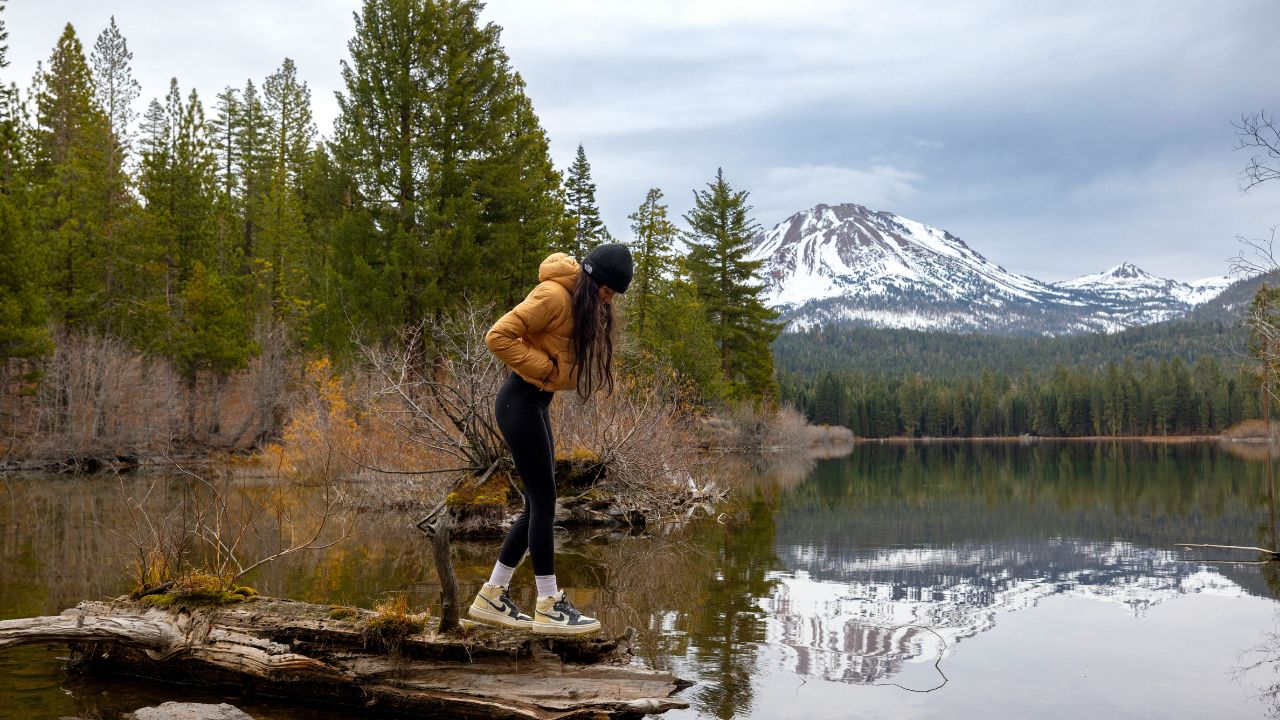
Washington State is a land of astonishing contrasts—where icy volcanoes rise above sun-drenched deserts, and ancient rainforests meet wild Pacific shores. This stunning corner of the Pacific Northwest is home to some of the most jaw-dropping natural wonders in the U.S., and yet many of them remain surprisingly under the radar. From luminous glacial lakes and misty coastal cliffs to canyon scars from prehistoric floods, Washington’s terrain feels almost unreal in its variety and drama. Whether you’re hiking through moss-covered valleys or kayaking on turquoise waters, each landscape tells its own powerful story. These 14 breathtaking places don’t just look like they belong in a fantasy film—they’re very real, and they’re waiting for your next adventure.
Hoh Rainforest

Deep in Olympic National Park, the Hoh Rainforest feels like stepping into a fairy tale. Its moss-draped trees, velvet-green ferns, and muted silence are otherworldly. It’s one of the few remaining temperate rainforests in the U.S., and gets up to 14 feet of rain annually. Trails like the Hall of Mosses reveal a prehistoric serenity. Every visit feels like time-travel into Earth’s untouched core.
Palouse Falls
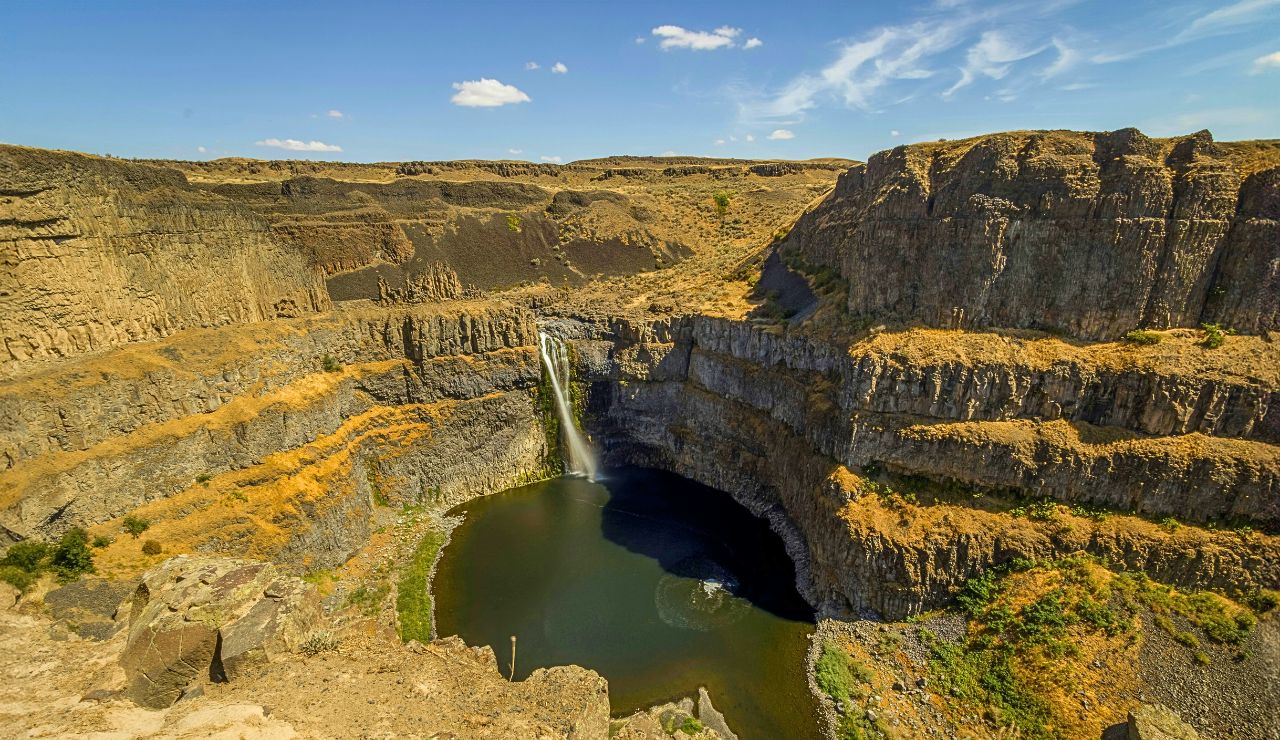
Carving through basalt canyons in southeastern Washington, Palouse Falls drops 200 feet in a dramatic freefall. The surrounding golden hills create a surreal, painterly contrast against the dark, roaring waters. It’s one of the state’s official waterfalls and a testament to the power of Ice Age floods. Sunset views from the overlook are unforgettable, glowing with layered earth tones and thunderous beauty.
La Push Beaches
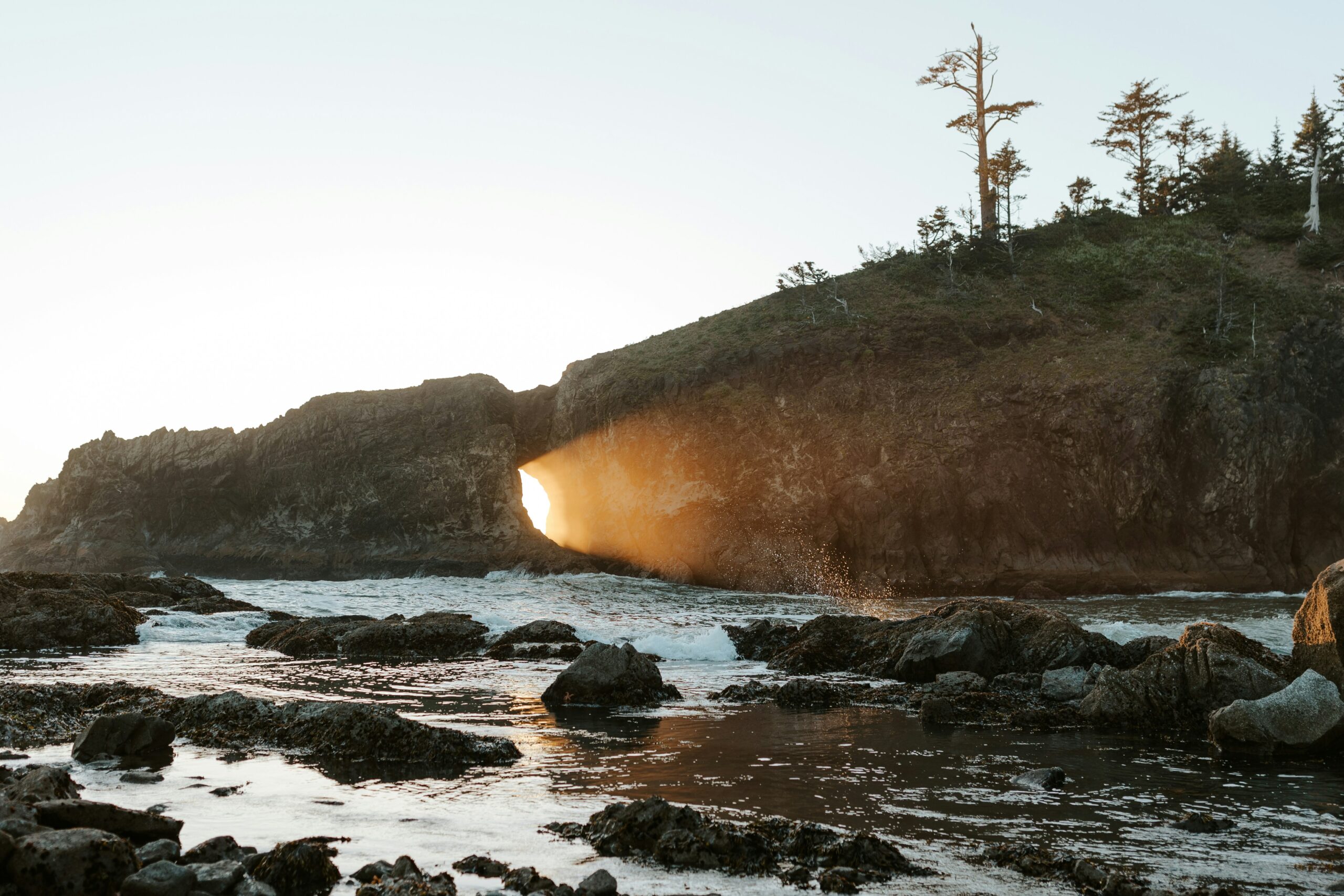
Located on the rugged Pacific Coast, First, Second, and Third Beaches near La Push are wild, misty, and almost mystical. Sea stacks rise dramatically from the waves, and driftwood lines the shores like ancient sculpture. At low tide, tidepools reveal sea anemones and starfish. The sound of crashing surf and the scent of salt and spruce make the scene deeply immersive and dreamlike.
Diablo Lake
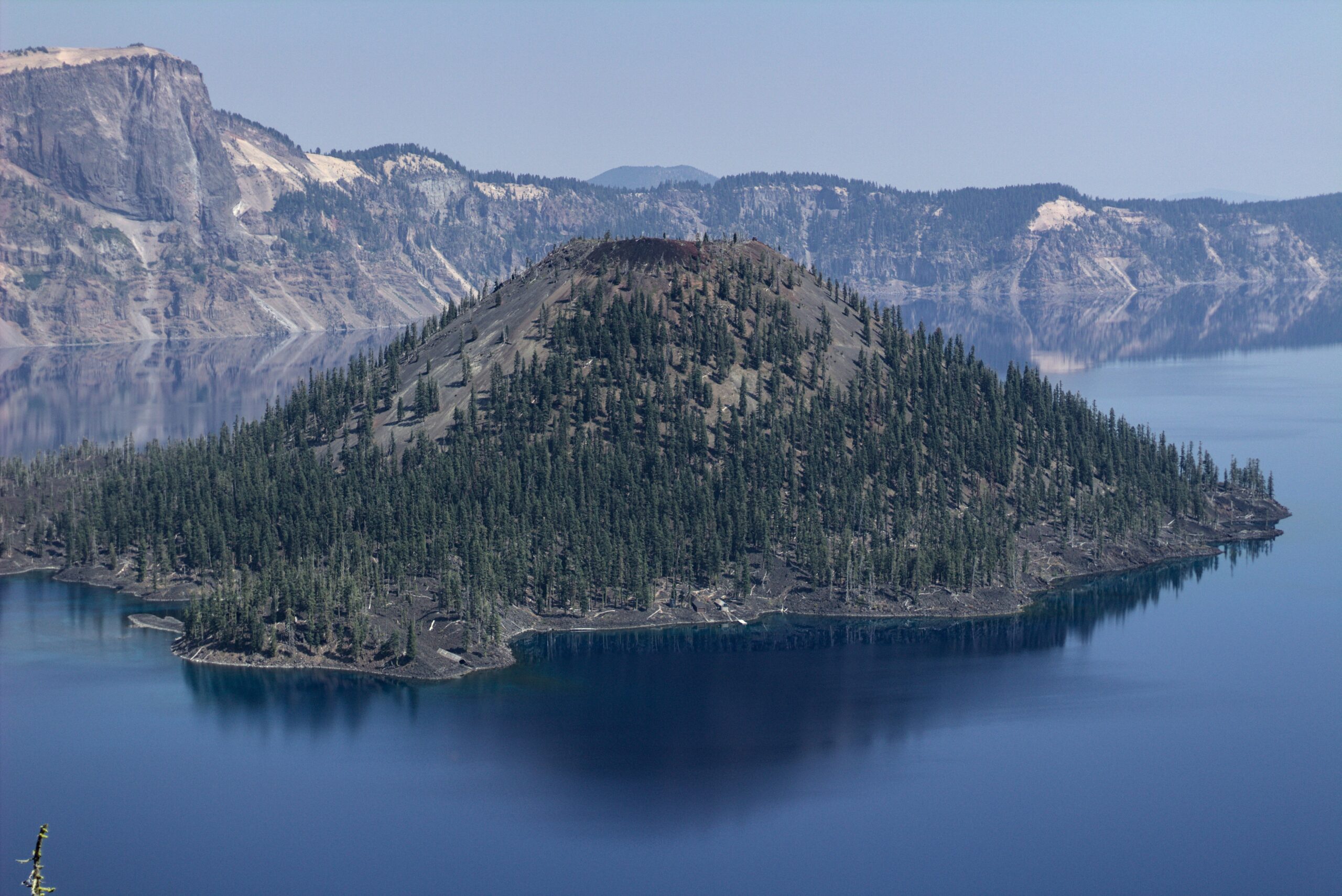
Nestled in the North Cascades, Diablo Lake is famous for its electric turquoise color, created by glacial flour suspended in the water. Surrounded by snowcapped peaks and alpine forest, it’s a visual shock in the best way. Kayaking here feels like floating through a jewel. Overlooks on Highway 20 offer panoramic views that never seem to repeat themselves.
Mount Rainier

This 14,411-foot stratovolcano is the crown jewel of the state, looming over everything with icy majesty. In summer, meadows at Paradise and Sunrise explode with wildflowers, making it feel like you’ve landed in a storybook. Its glacial slopes are visible from Seattle on clear days. The mountain is both a serene hiking destination and a sobering reminder of geologic power.
Cape Flattery
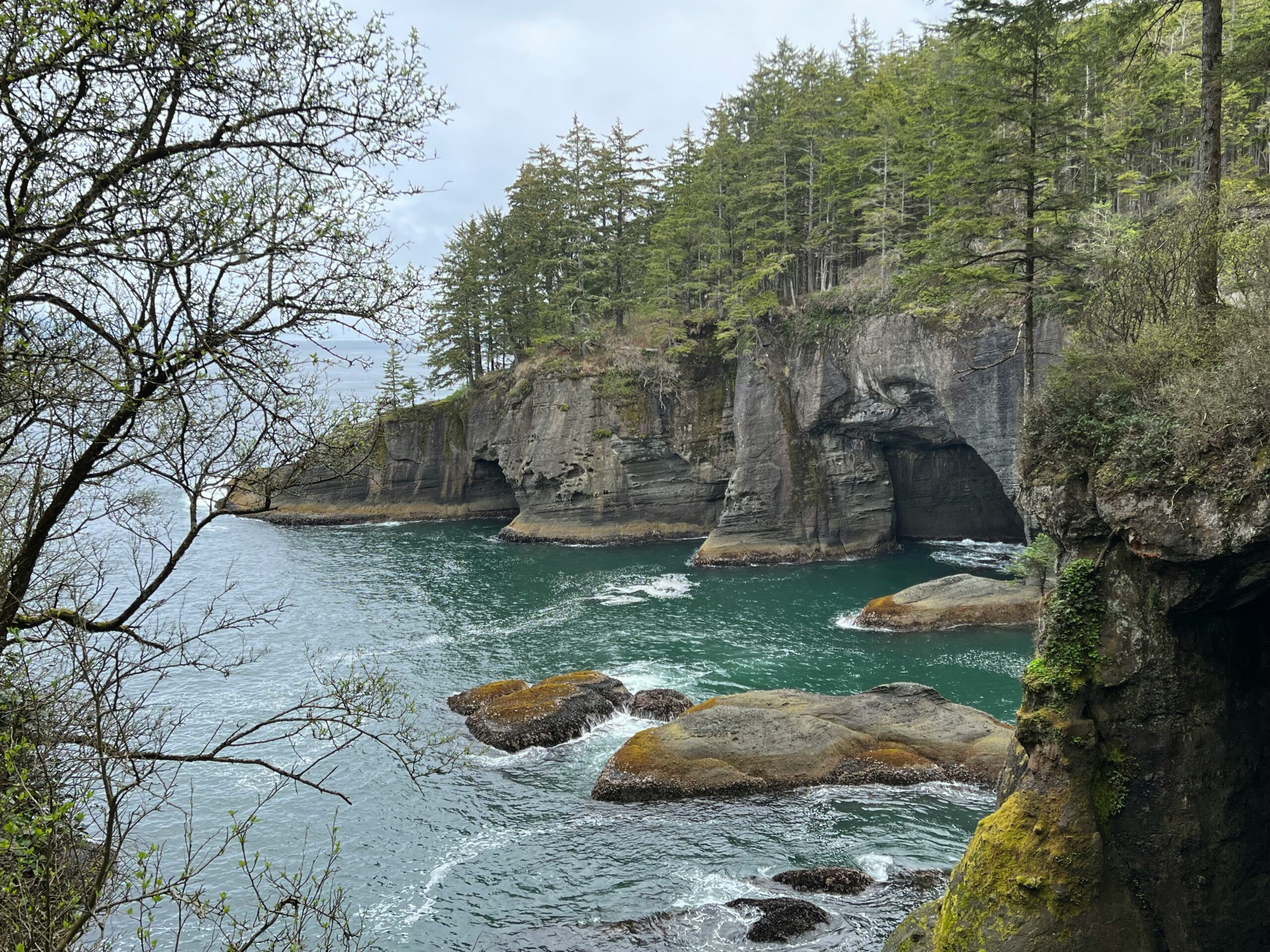
As the northwesternmost point in the continental U.S., Cape Flattery offers jaw-dropping views where the Strait of Juan de Fuca meets the Pacific. The short hike winds through lush coastal forest before opening to sea caves, crashing waves, and eagle-perched cliffs. It feels raw and powerful—perfect for those chasing the edge of the world. On a clear day, you can spot Tatoosh Island offshore.
Colchuck Lake
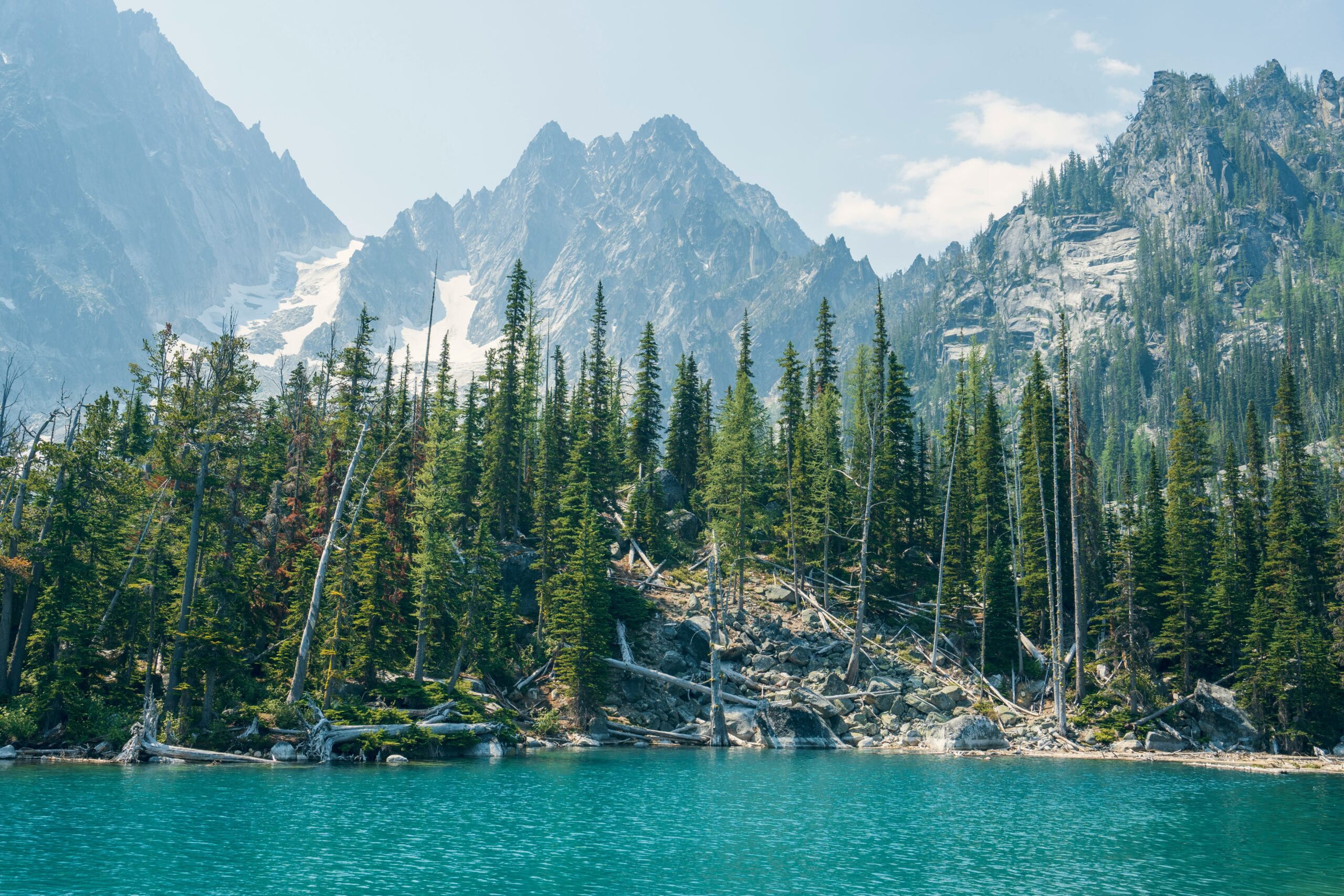
This alpine lake near Leavenworth stuns with its clear aquamarine water framed by jagged granite spires. The hike is steep and demanding, but the reward is an amphitheater of mountain magic. Reflections on still mornings are mirror-perfect. In fall, golden larches add surreal color to the already unreal scene. It’s a bucket-list stop for serious hikers and photographers.
Snoqualmie Falls
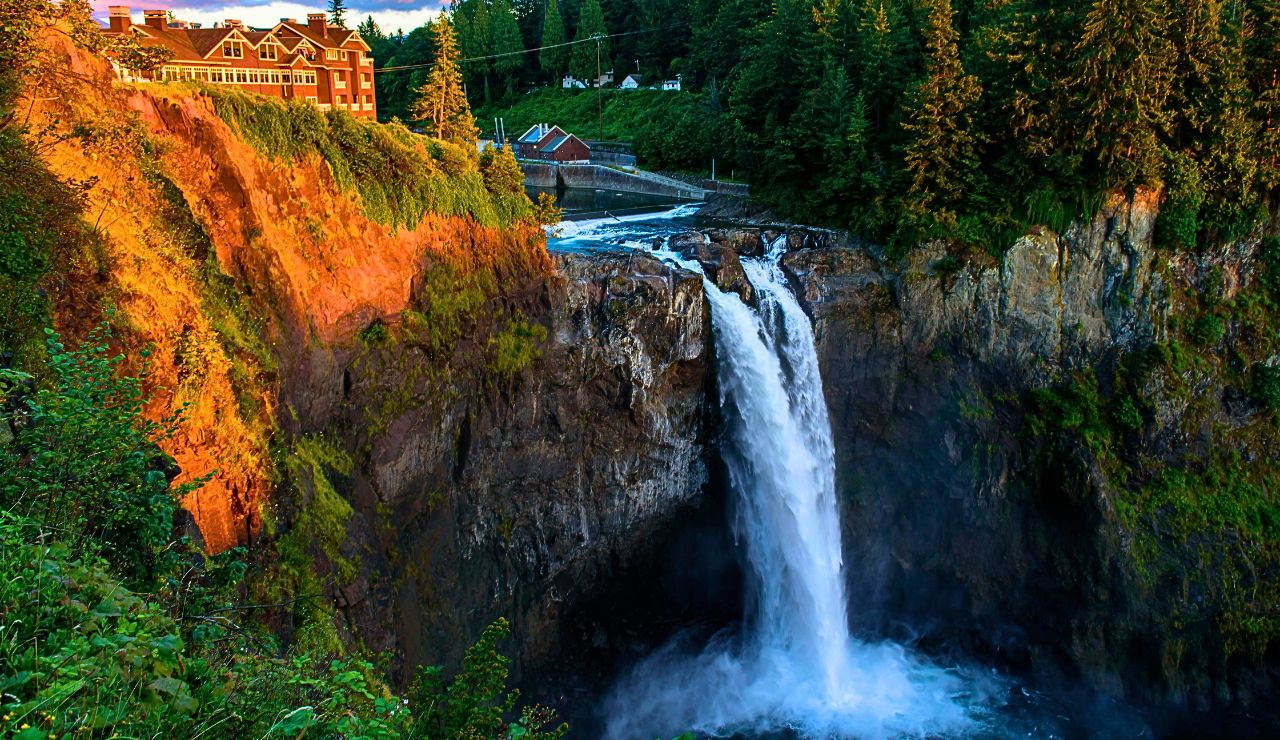
Just 45 minutes from Seattle, this 268-foot waterfall is both spiritually significant to local tribes and visually striking to every visitor. The viewing platforms and nearby lodge make it accessible, but the power of the falls feels anything but tame. On misty days, rainbows arc across the base. It’s one of the most photographed places in the state for good reason.
Rosario Head
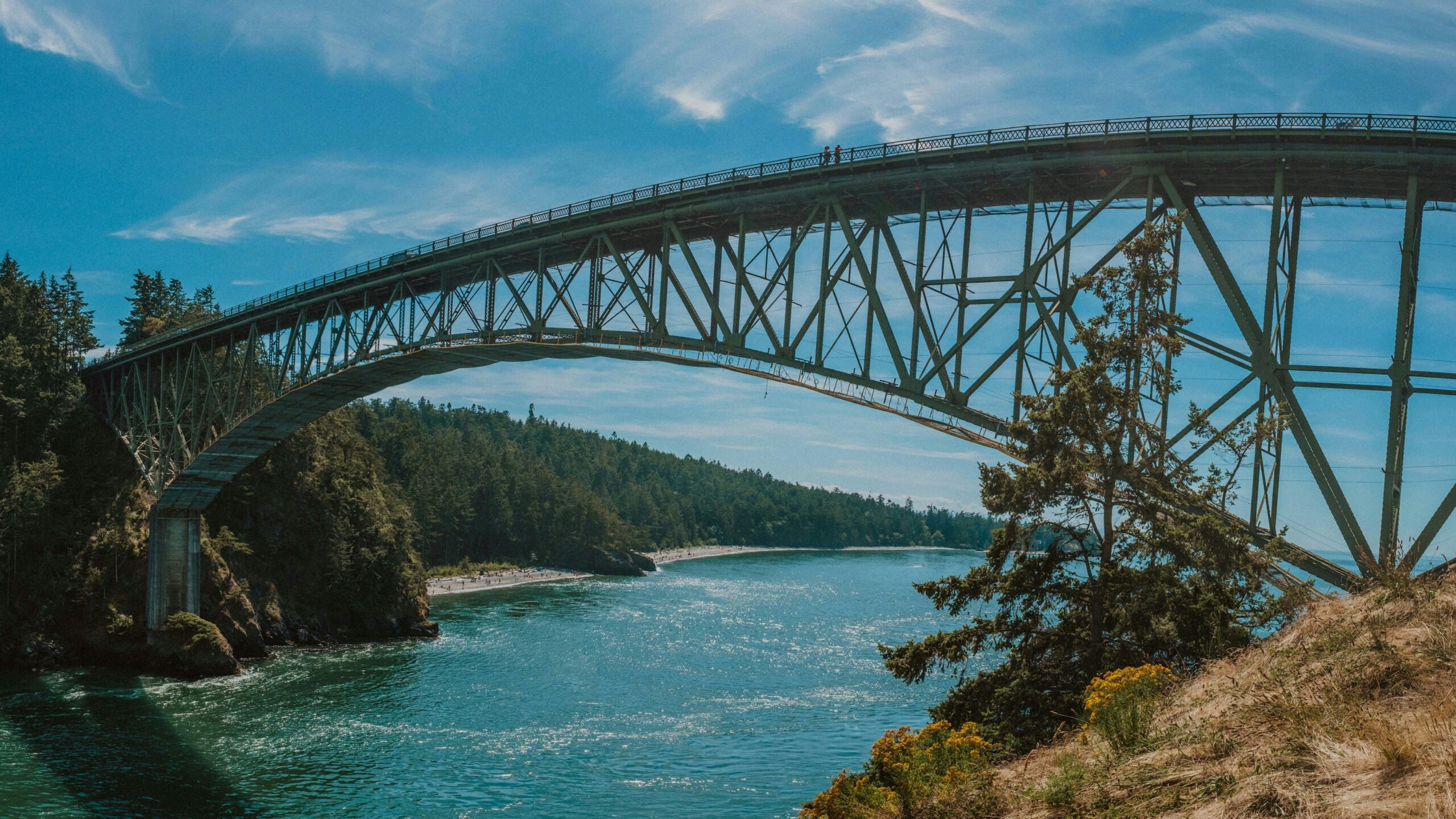
Located in Deception Pass State Park, Rosario Head is a quiet bluff that offers panoramic views of Rosario Strait and the San Juan Islands. The wind-shaped trees, tidepools, and sunset cliffs create an intimate connection to nature. It’s less crowded than other coastal spots, making it ideal for quiet reflection. This hidden gem reminds you that magic often hides in simplicity.
Goat Rocks Wilderness
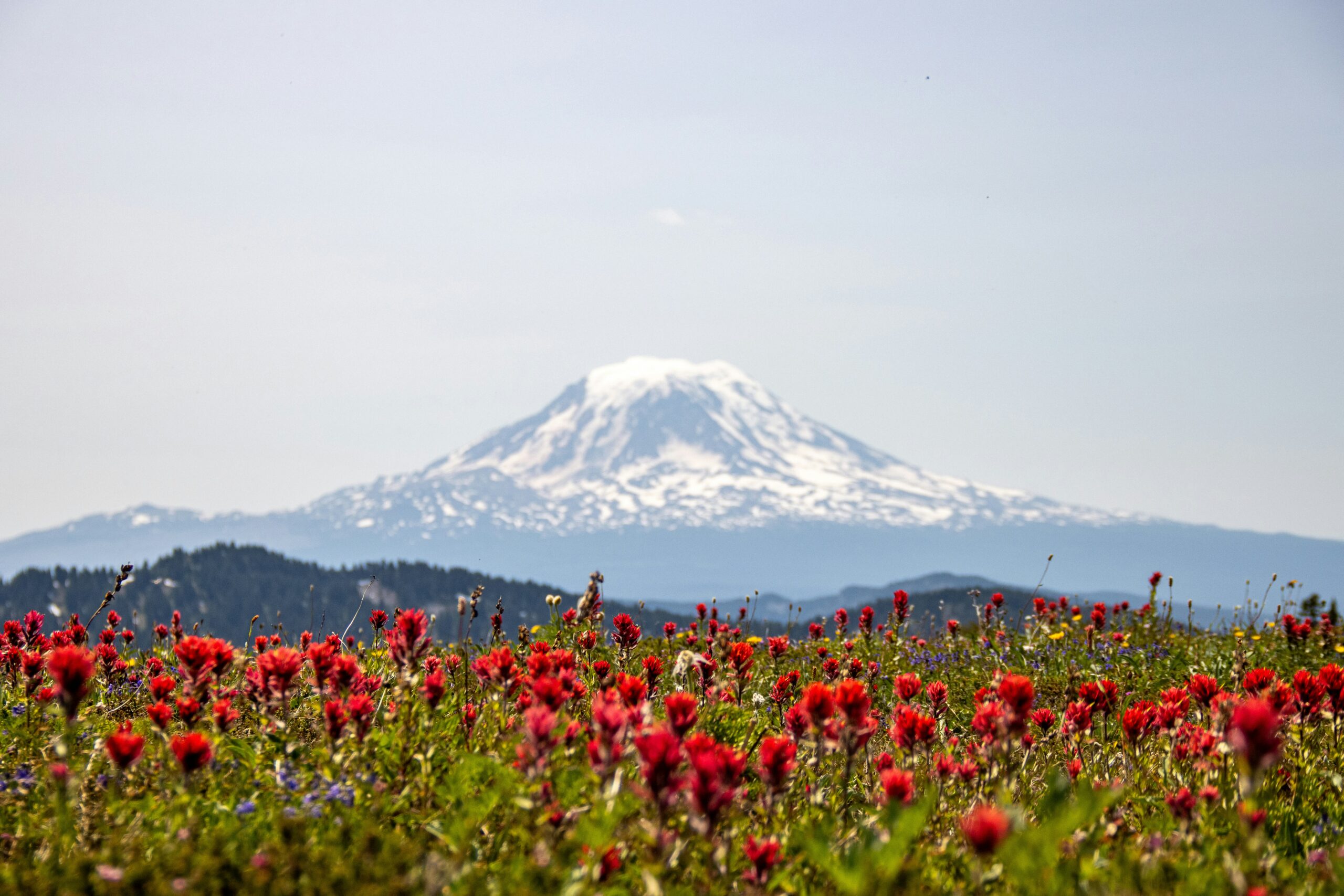
This lesser-known alpine wilderness between Mount Rainier and Mount Adams features knife-edge ridgelines, volcanic plateaus, and glacier-fed streams. Trails like the Goat Lake loop showcase high-altitude meadows and epic views in every direction. You’ll often have the trails to yourself, aside from mountain goats grazing nearby. It feels untouched, remote, and perfectly wild.
Wallace Falls
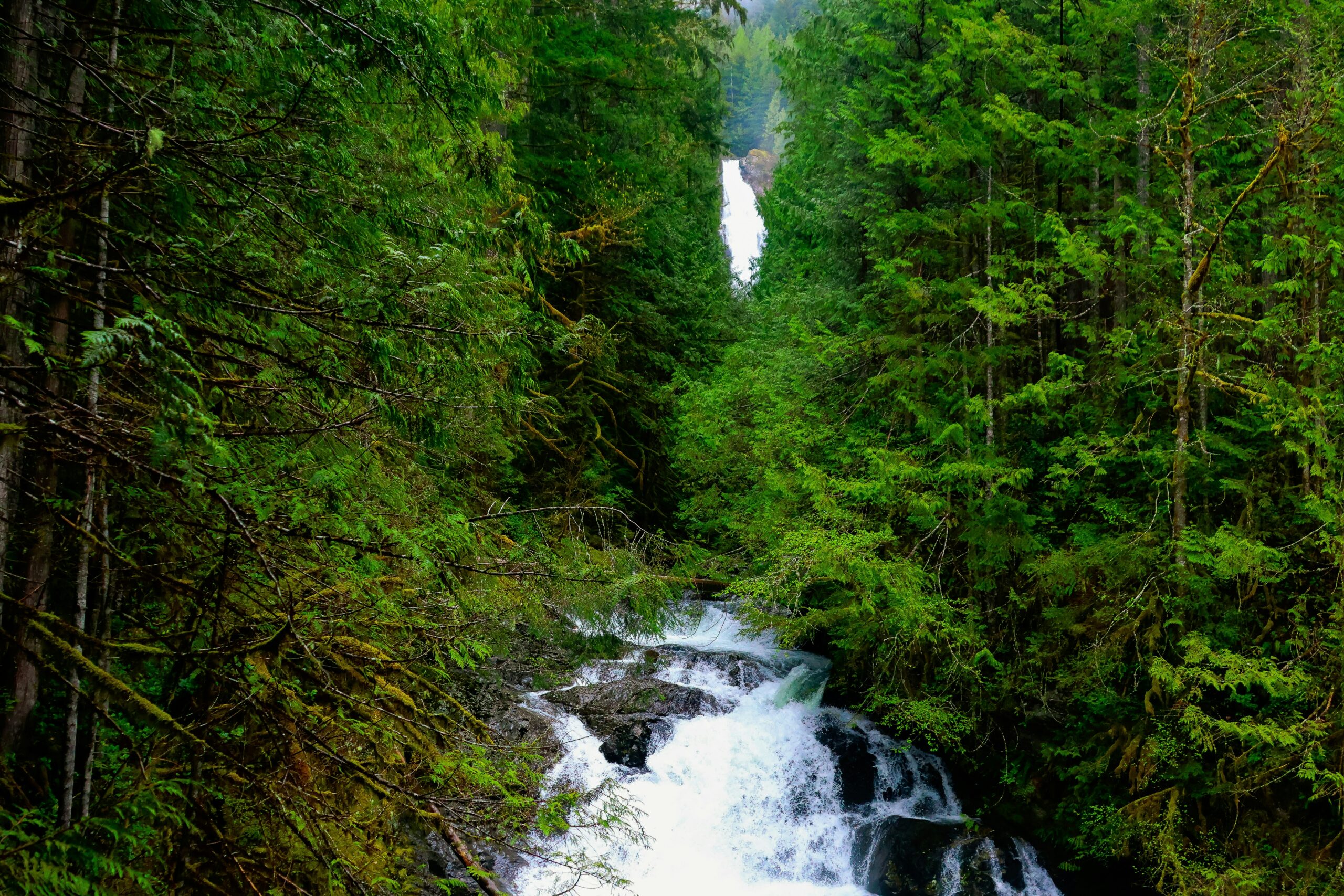
This multi-tiered cascade near Gold Bar draws hikers with its series of plunging drops through evergreen forest. The 5.5-mile round-trip trail offers several stunning viewpoints. The middle falls are particularly dramatic, with spray rising in a luminous cloud. It’s a perfect introduction to Washington’s waterfall magic—accessible, rewarding, and soaked in fresh forest air.
Lake Crescent
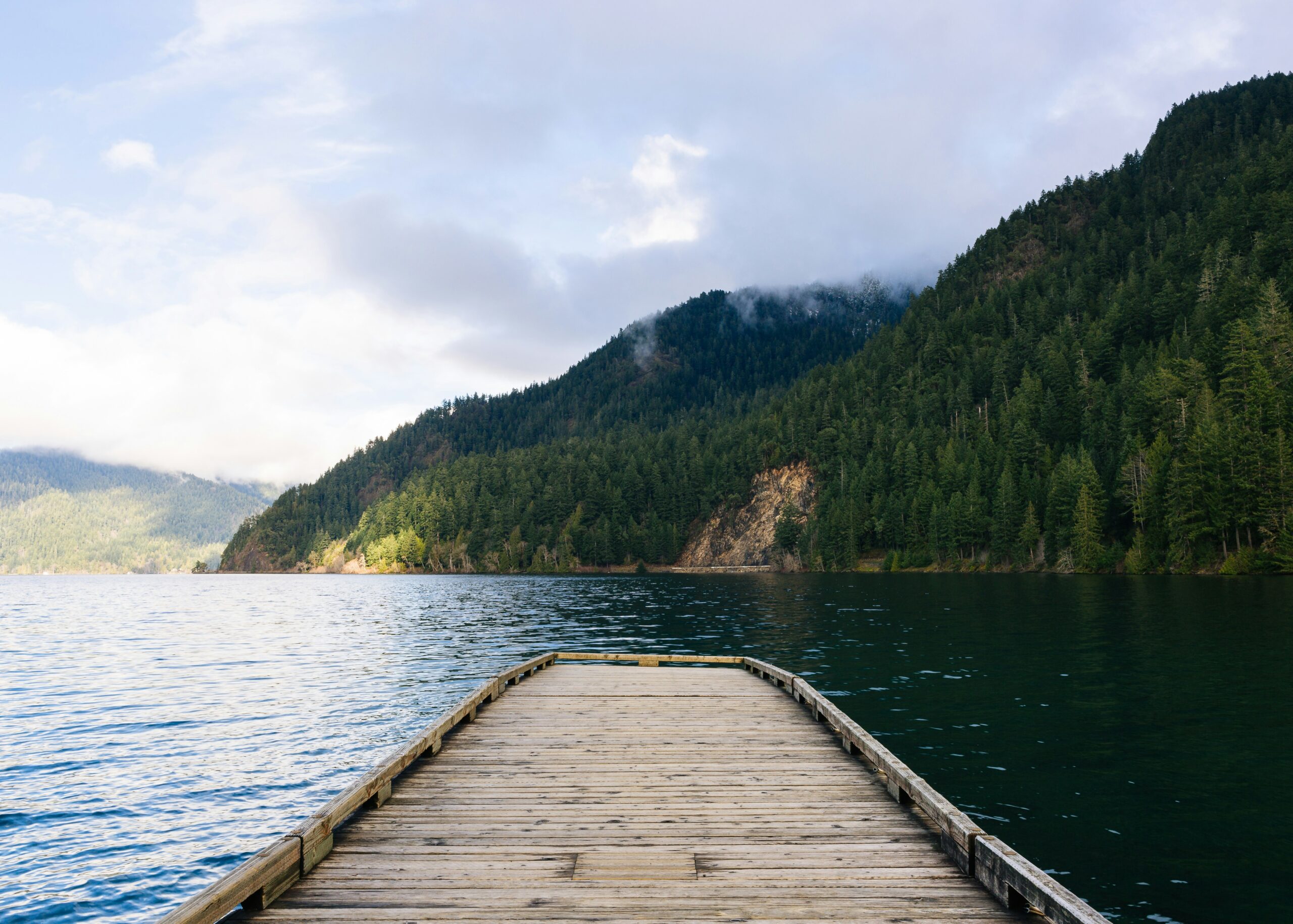
Located in Olympic National Park, Lake Crescent is a deep glacial lake with cobalt-blue waters surrounded by lush hills. The clarity is astounding—you can often see dozens of feet down. Popular for kayaking, swimming, and scenic drives, the lake also offers quiet beaches and lodge stays. In autumn, the golden and red foliage reflect beautifully across its still surface.
Stehekin Valley
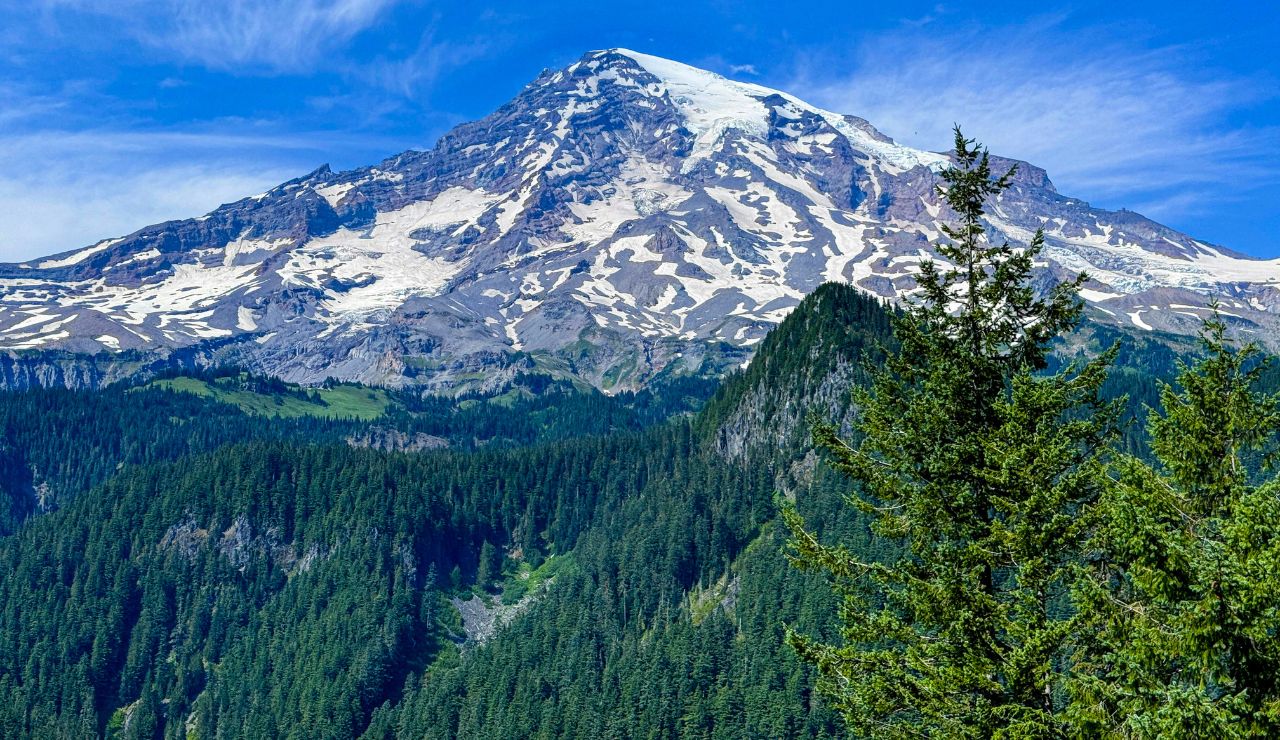
Accessible only by boat, plane, or foot, the remote village of Stehekin in the North Cascades feels like a step out of time. Surrounded by towering peaks and centered on the glassy Lake Chelan, the area is perfect for hiking, biking, and disconnecting. The famed Stehekin Bakery alone is worth the journey. It’s remote beauty in its purest form—peaceful, powerful, and untouched.
Dry Falls
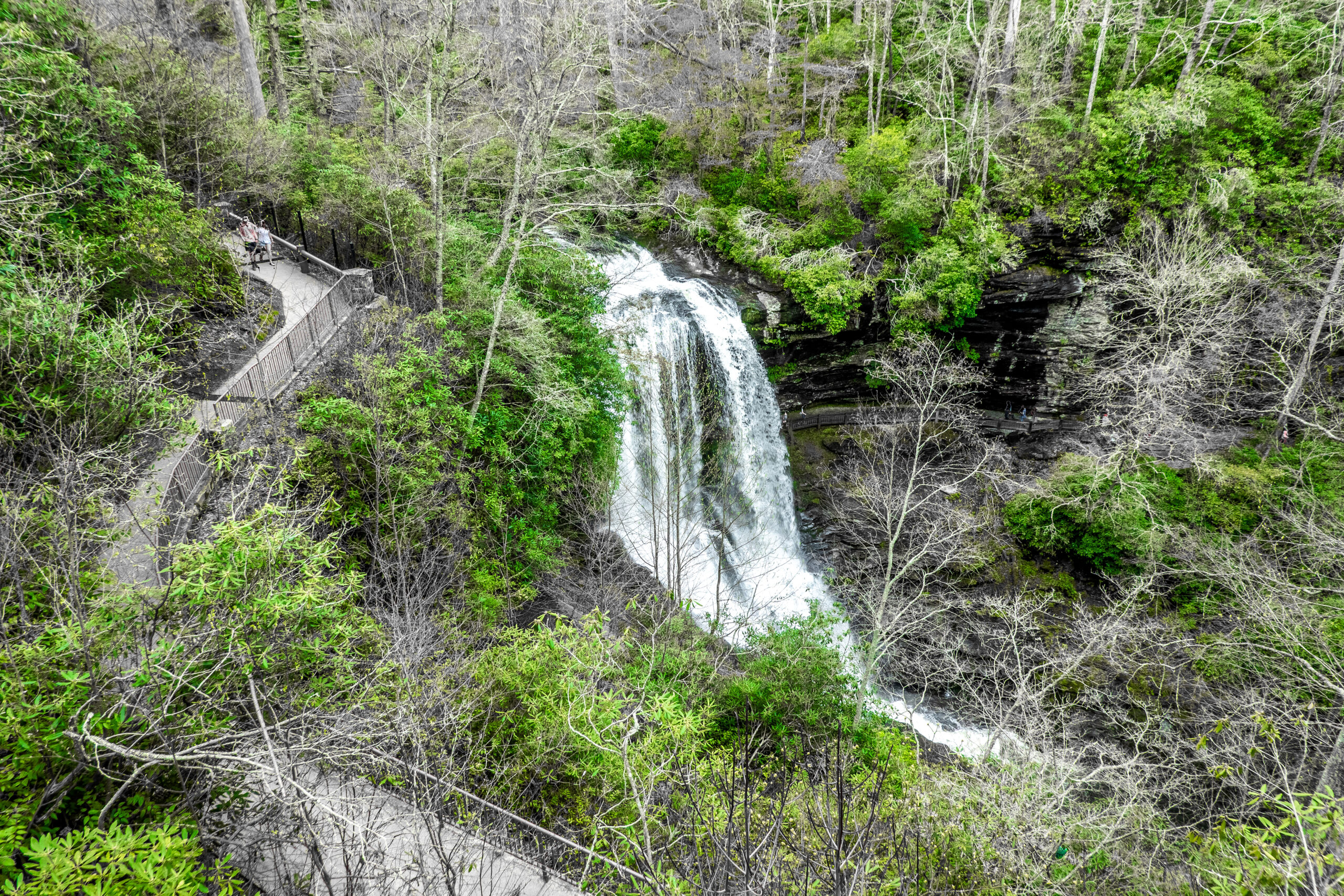
Once the site of the greatest known waterfall on Earth during the Ice Age, Dry Falls now stands as a vast, haunting cliff face in the middle of the desert. At over three miles wide and 400 feet tall, its dry basin tells a story of catastrophic geologic change. Walking the edge feels like exploring an ancient Martian canyon. It’s a surreal, awe-inspiring reminder of nature’s scale.